
|
|
|
| synonym |
|
| description |
A dark gray to blackish species, sometimes with rusty brown posterior tips of the wings and brown venation near the tips; some individuals can appear rusty brown or quite pale. The pronotum itself is small and noticeably rounded, with a bulging appearance. The key characteristic for this species is the lack of horns/projections that are found in M. perditus.
Nymphs are distinctively flat in appearance, with legs angled outwards on the sides. The abdomen and thorax of nymphs are broad, and color can range from rusty to gray. |
| distribution |
Eastern North America; not a frequently encountered species (BG). |
| abundance |
Uncommon, scattered records across the state. Seasonal distribution: 7 May-4 December (CTNC) |
| seasonal_occurrence | |
| habitat |
Has been found near mixed hardwood forest. |
| plant associates |
Carya illinoinensis, Carya sp. (CTNC) |
| behavior |
To listen to the male courtship call for this genus, listen here. These courtship calls are not audible to the human ear, and the calls here are produced by recording the substrate vibrations that the treehoppers use to communicate through the plants themselves. The recorded call is then amplified so that it is now audible to human ears. Research has shown that treehoppers use vibrations to attract mates, to announce the discovery of a good feeding site, or to alert a defending mother to the approach of a predator (T.IM). |
| comments |
Can be attracted at night. This species is not tended by ants. |
status |
[Native:]
[Introduced:]
[Extirpated:] | | list_type |
[Official:]
[Provisional:] |
| adult_id | Unmistakable and widely known Identifiable from good quality photos of unworn specimens
Identifiable from photos showing undersides, or other specialized views [e.g., legs, face]
Identifiable only by close inspection of structural features or by DNA analysis NULL |
| nymph_id | Unmistakable and widely known Identifiable from good quality photos, especially where associated with known host plants
Identifiable from close inspection of specimens or by DNA analysis
Identifiable only through rearing to adulthood NULL |
| G_rank |
|
| S_rank |
|
| rank_comments |
|
| tribe |
Microcentrini |
| subgenus |
|
Species Photo Gallery for Microcentrus caryae Hickory Stegaspidine Treehopper |
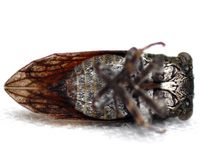 | Photo by: Kyle Kittelberger, Brian Bockhahn
Rockingham Co.
Comment: grassy area near mixed hardwood forest and a pond | 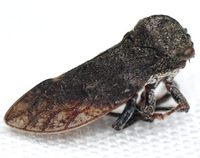 | Photo by: Kyle Kittelberger, Brian Bockhahn
Rockingham Co.
Comment: grassy area near mixed hardwood forest and a pond |
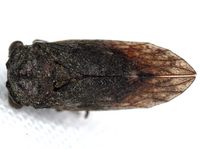 | Photo by: Kyle Kittelberger, Brian Bockhahn
Rockingham Co.
Comment: grassy area near mixed hardwood forest and a pond |  | Photo by: Randy L Emmitt
Orange Co.
Comment: unid_leafhopper |
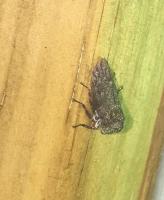 | Photo by: Randy L Emmitt
Orange Co.
Comment: unid_leafhopper | 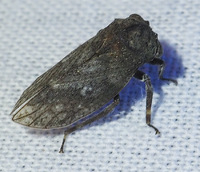 | Photo by: Randy Emmitt
Orange Co.
Comment: uv light. Thought it would be an easy ID? - unid_planthopper |
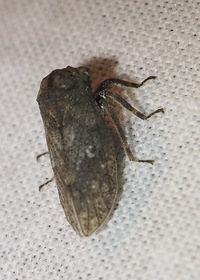 | Photo by: Randy Emmitt
Orange Co.
Comment: uv light. Thought it would be an easy ID? - unid_planthopper |  | Photo by: Fred Coyle
Jackson Co.
Comment: unid_planthopper |
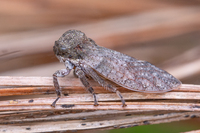 | Photo by: Fred Coyle
Jackson Co.
Comment: unid_planthopper | 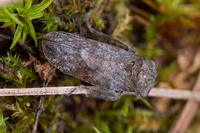 | Photo by: Fred Coyle
Jackson Co.
Comment: unid_planthopper |
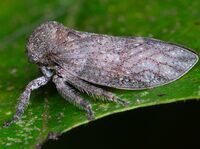 | Photo by: Fred Coyle
Jackson Co.
Comment: | 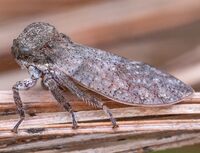 | Photo by: Fred Coyle
Jackson Co.
Comment: |
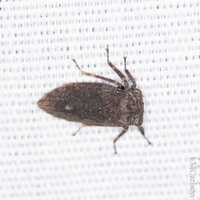 | Photo by: Lior Carlson
Orange Co.
Comment: |

 »
»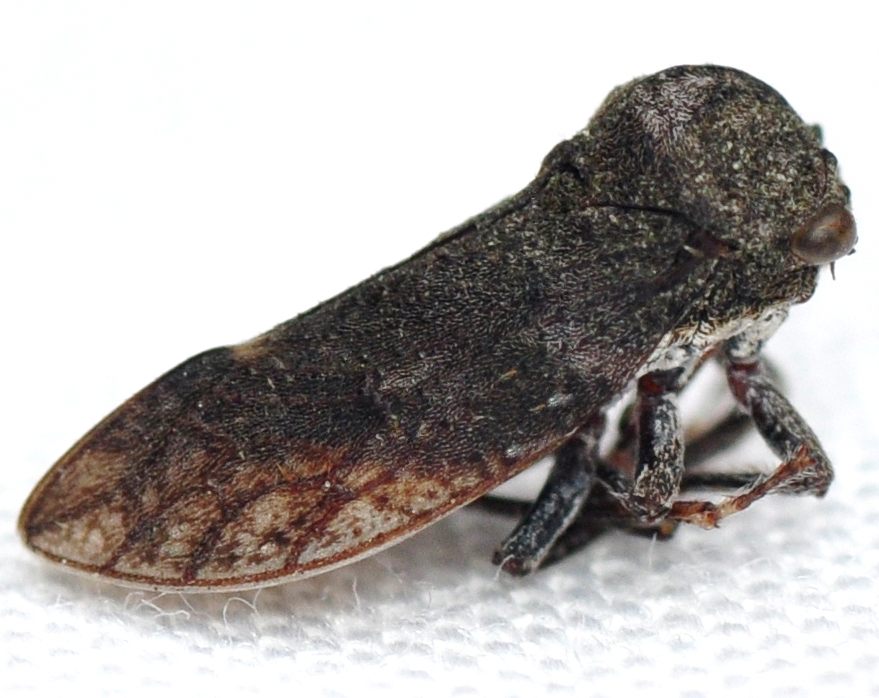
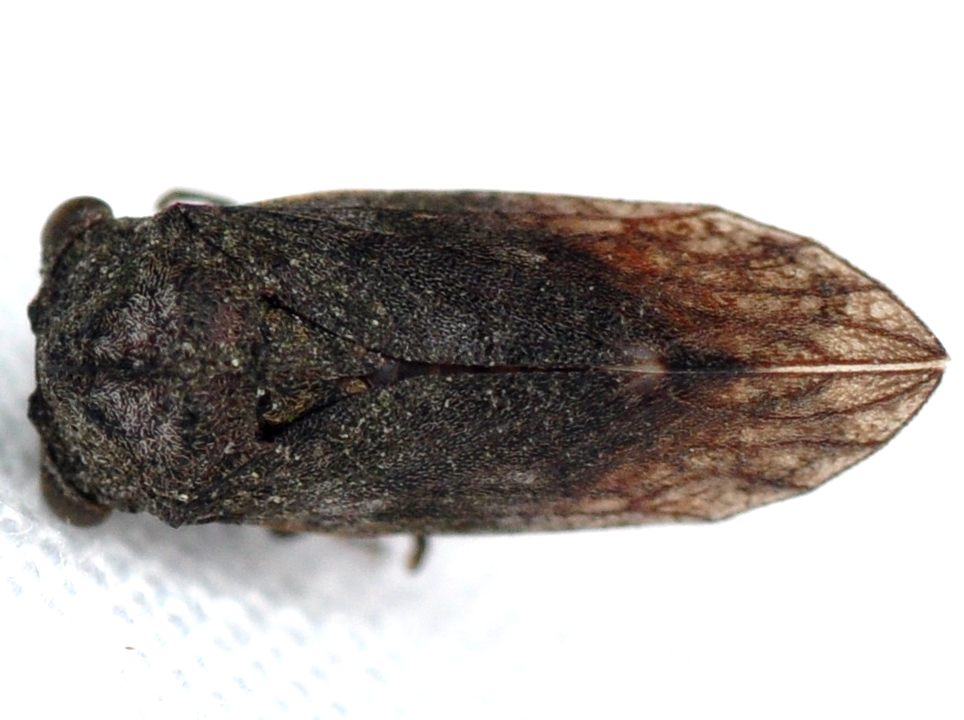
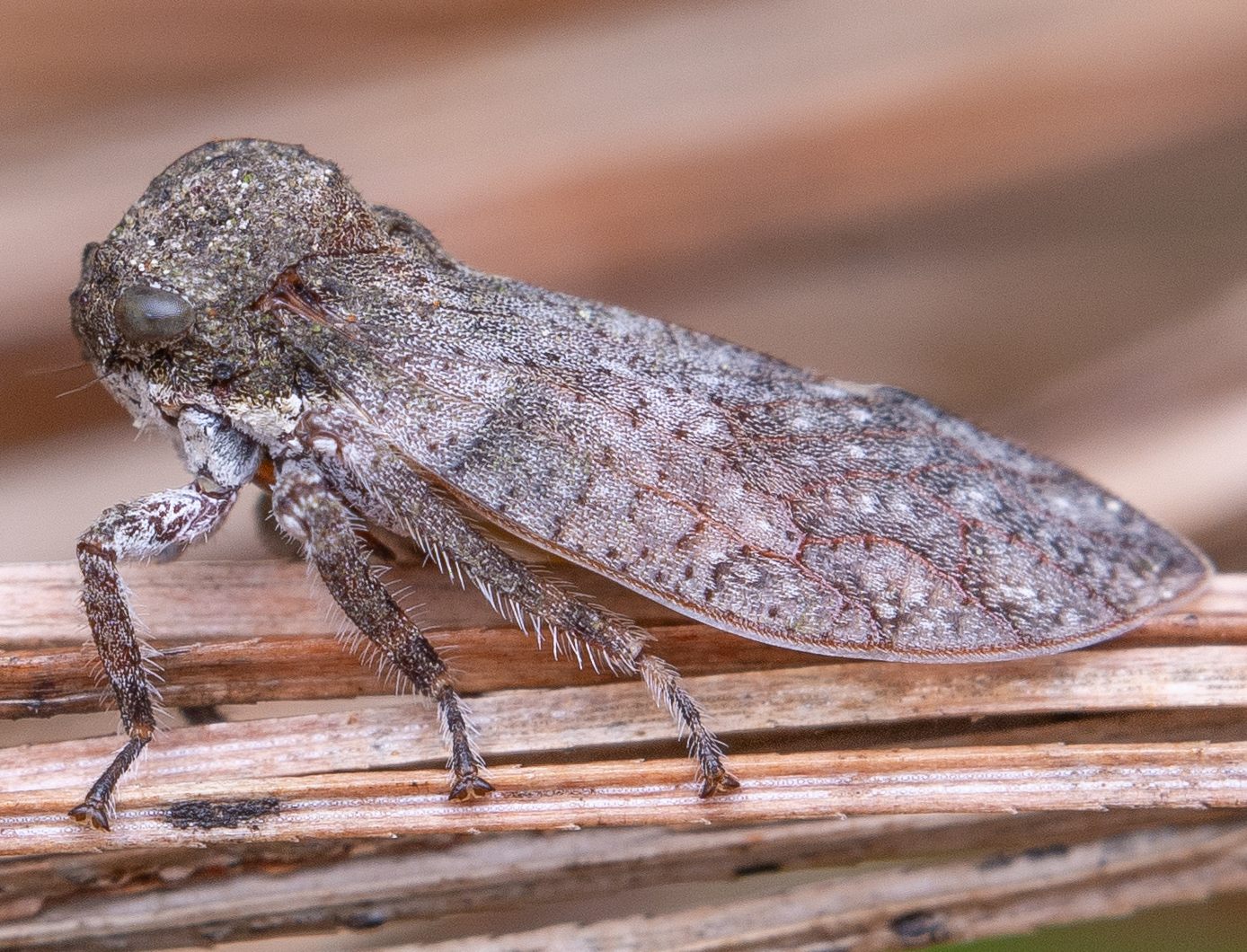


 »
»


